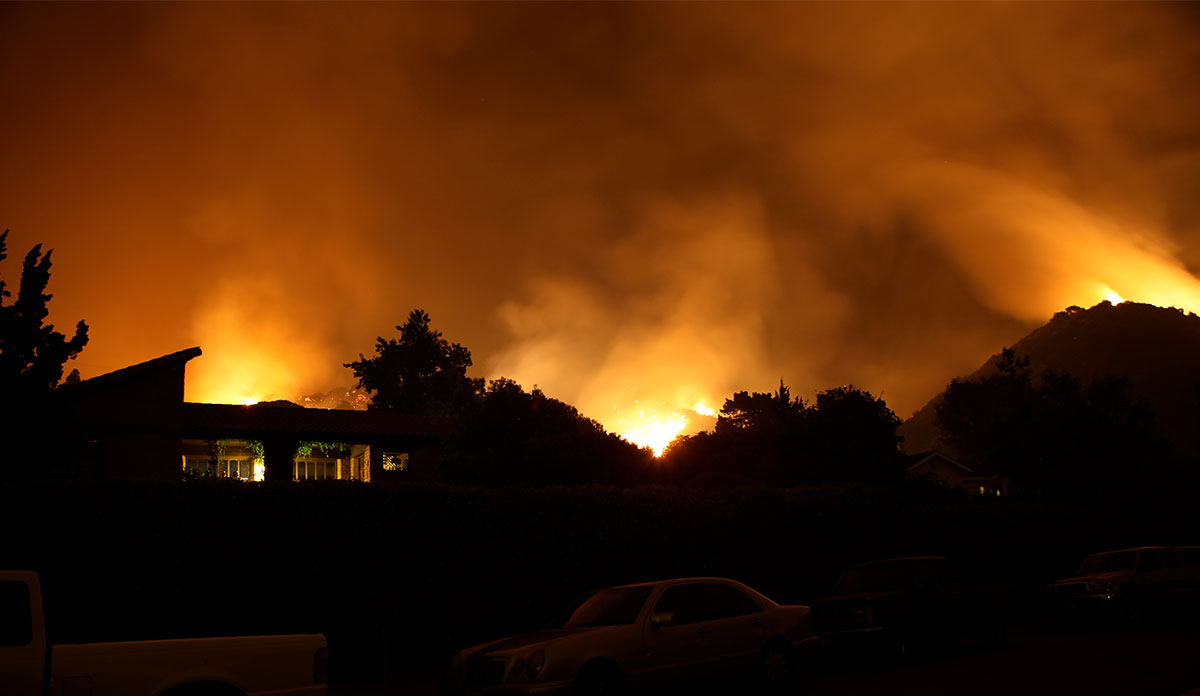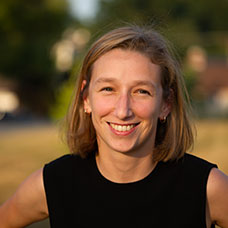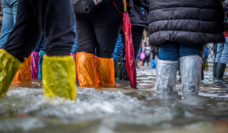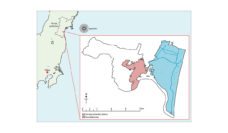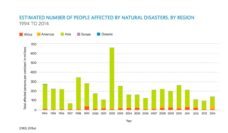California’s current drought conditions are causing the state to brace for another catastrophic wildfire season. This comes as many communities are still navigating the impacts of fires from prior years — seven of the ten most destructive fires on the state’s record occurred between 2015 and 2020 alone. These yearly, large-scale disasters are beginning to be referred to as “the new normal.”
Our research team conducted an exploratory, qualitative study to learn more about the health and social impacts of wildfires and the resources survivors use to mentally, physically, and emotionally recover. Though we conducted interviews 1-2 years after their respective fires occurred, participants described ongoing, unresolved community-wide impacts. Many of these issues did not begin to surface until long after the wildfire was over, a phenomenon we called “ripple impacts” in our study.
Housing access, for example, was affected by ripple impacts. After the 2018 Camp Fire, around 30,000 people were immediately displaced around the town of Paradise, causing widespread housing insecurity and homelessness. But the housing complications caused by the Camp Fire did not end there. Many displaced survivors fled to the nearby city of Chico in search of stable housing, and this sudden influx of new residents drove up local rent prices. This ultimately put Chico’s lower-income residents — who were not initially impacted by the fire —at risk of housing insecurity and homelessness.
Those who experience ripple impacts face particular challenges recovering from the wildfire because they are not typically eligible to receive relief through recovery programs. Residents who are immediately impacted by wildfires, by contrast, typically qualify for aid through Federal Emergency Management Agency (FEMA). FEMA’s housing units, for example, are only available to residents whose homes were damaged or destroyed in the wildfire, not to those who were displaced due to the resulting surges in the local rental market.
Yet, even survivors who were directly impacted by wildfire experienced significant difficulty accessing FEMA’s recovery resources. One such challenge was the short-term nature of FEMA’s services. The housing units they provide are only available to survivors for 18 months after the disaster, which is often not long enough to secure long-term housing elsewhere.
Further, federal disaster relief programs are not available to survivors who are undocumented. After the 2017 North Bay Fires, the nonprofit organization Undocufund solicited donations to assist the roughly 28,000 undocumented residents living in Sonoma County who may have been impacted by the fires but did not have access to aid through FEMA.
While philanthropy is currently providing so many essential disaster recovery services, participants in our study expressed uncertainty about the sustainability of these funding sources.
Indeed, nonprofits and philanthropic organizations all over the state fill an essential gap in disaster recovery. Organizations like North Valley Community Foundation in Butte County are designing programs to address long-term health and social challenges in order to address community needs long after FEMA’s resources have dried up.
While philanthropy is currently providing so many essential disaster recovery services, participants in our study expressed uncertainty about the sustainability of these funding sources. As we adjust to this “new normal,” they wondered if donors may become desensitized to wildfire disasters and tire of donating year after year.
Though our study was about wildfires in California, climate change is contributing to worsening disasters like hurricanes, floods and tornados all over the US. As we adjust to this new normal, we must gather a more comprehensive understanding of how disasters impact community health outcomes and bolster our disaster recovery programs to better meet the needs of all survivors, both in the short and long-term.
Photo via Getty Images









